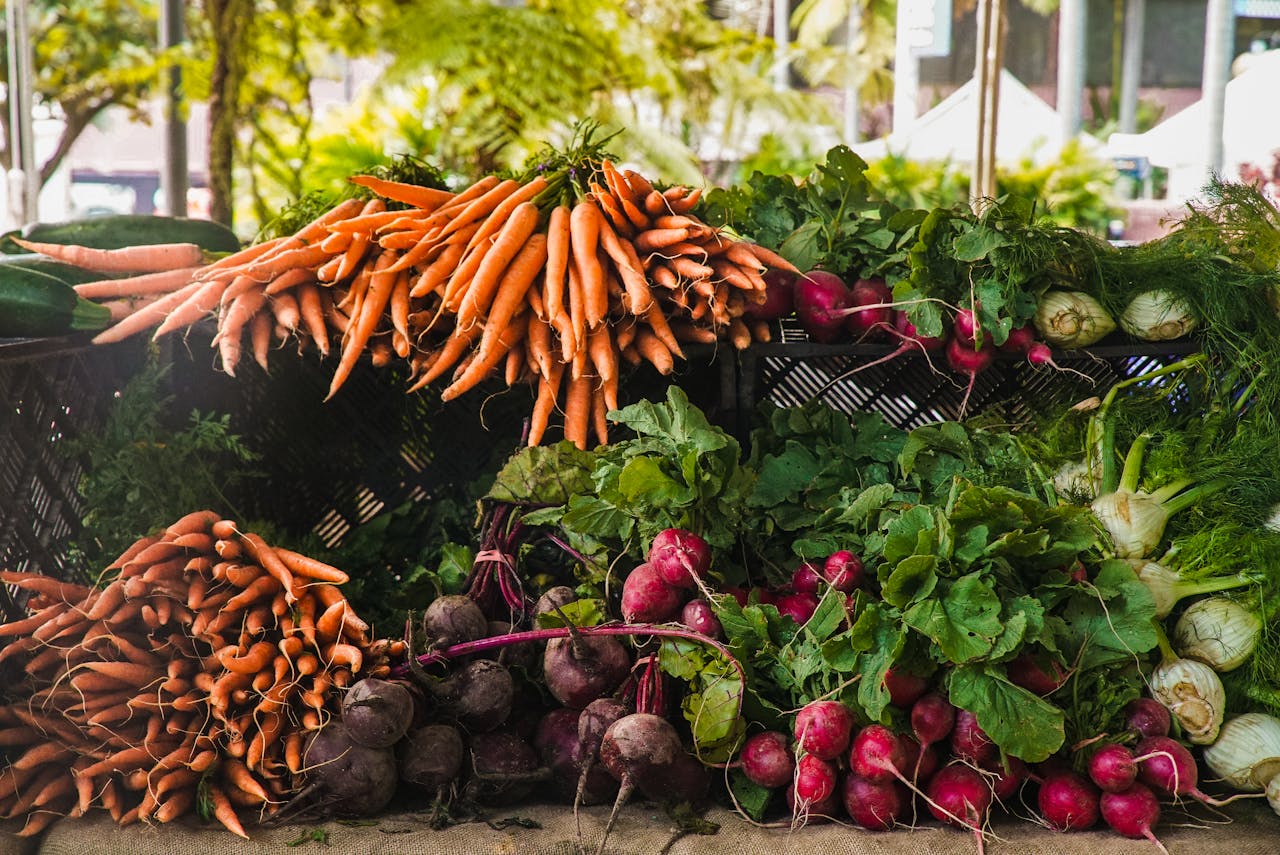Having an indoor kitchen herb garden is a fantastic way to enhance the flavor of your dishes, whilst also reaping the health benefits of fresh herbs. Not only will these plants add a touch of greenery to your living space, but they also offer a cost-effective and convenient solution to keep your kitchen stocked with fresh herbs all year in an eco-friendly way. So, let’s delve into the numerous advantages of growing your own herb garden.
The Joy of Growing Your Own Herbs
One of the first things you’ll notice when you start growing herbs in your kitchen is the satisfaction it brings. Seeing your plants flourish from tiny seeds to full-grown herbs ready for use in your meals is a rewarding experience. You’ll also find that the process of nurturing these herbs can be a relaxing hobby, helping to alleviate stress.
In the same genre : How to choose an efficient extractor fan for a smell-free, slim kitchen environment?
While novice gardeners may be tempted to begin with difficult-to-grow plants, starting with herbs is an easier option. Herbs like parsley, basil, and chives are perfect for beginners, as they are hardy plants that require minimal maintenance. They simply need a proper amount of sunlight, water, and well-drained soil to grow. What’s more, indoor herb gardens take up very little space, making them great for apartment living.
Enhancing Flavor and Health with Fresh Herbs
There’s no denying that fresh herbs add a significant boost of flavor to any dish. You’ll quickly discover the stark difference between using dried herbs and using fresh ones. The richer flavor profile of fresh basil leaves in your pasta, or the vibrant taste of freshly chopped parsley in your salads, will turn your everyday meals into gourmet dishes.
Also read : Can the type of refrigerator affect your food choices and slimming efforts?
But, the benefits of using fresh herbs from your indoor garden stretch beyond just flavor. These plants pack a robust punch of health benefits as well. For instance, basil is known for its anti-inflammatory properties, while parsley is rich in vitamins K, C, and A. Consequently, incorporating fresh herbs into your meals can aid in improving your overall health and wellbeing.
Low Calorie, High Impact
When it comes to creating low calorie but flavor-rich meals, fresh herbs are your best friends. Not only do they add a burst of flavor without adding to the calorific content, but they also allow you to cut down on salt and fat. Instead of relying on high-sodium seasonings or heavy sauces, you can use your home-grown herbs to add depth and complexity to your dishes.
Additionally, herbs can be used to make low-calorie dressings, marinades, and sauces. For example, a simple mix of freshly chopped basil, lemon juice, and olive oil can serve as a healthy dressing for your salads, adding an exciting twist to your low-calorie meals.
Cost-Effective and Sustainable
Maintaining an indoor herb garden is not just good for your health and palate, but also for your wallet. Instead of regularly purchasing store-bought herbs, which can add up over time, you can simply pluck what you need from your garden. This does not only save you money but also reduces wastage, as you only harvest what you need.
Moreover, growing your own herbs is a more sustainable choice compared to buying store-bought ones. It cuts down on the carbon footprint associated with transporting herbs from farm to supermarket, and it eliminates the need for plastic packaging. If you’re interested in living a more sustainable lifestyle, an indoor herb garden is a step in the right direction.
A Bounty of Herbal Possibilities
When you cultivate your own indoor herb garden, the world of herbs is at your fingertips. You’re not restricted to the standard parsley, basil, and thyme. You can grow a wide range of herbs, from the common to the exotic, depending on your culinary preferences. Want to experiment with Thai cuisine? Grow some lemongrass and Thai basil. Interested in Middle Eastern dishes? Plant some za’atar or sumac.
Growing your own herbs also means having access to fresh produce even out of season. No longer will you be at the mercy of the supermarket stocks. With your indoor herb garden, fresh herbs will always be on hand, no matter the time of year.
In short, having an indoor kitchen herb garden can revolutionize your culinary experience, offering an array of benefits from enhanced flavor and health perks to cost and environmental savings. It’s a small change that can make a big impact on your meals and lifestyle.
Optimizing Your Indoor Herb Garden
Designing and maintaining an effective indoor herb garden involves more than just scattering seeds in a pot of soil and hoping for the best. A well-planned herb garden requires a bit of strategic thinking. You’ll need to consider factors like available space, natural and artificial light sources, the kind of pots or planters to use, and the specific needs of each herb species.
Herbs typically thrive in bright, full sun conditions. However, not all kitchens have ample natural sunlight. In such cases, artificial light sources such as grow lights can be used. These specially designed lights emanate a spectrum of light that simulates natural sunlight, helping your plants to photosynthesize and grow healthy.
When it comes to choosing containers, ensure they have adequate drainage to prevent waterlogging. Herb roots, in particular, can easily rot if they sit in water for too long. Materials like terracotta and ceramic are great options as they allow excess moisture to evaporate from the sides.
Remember, different herbs have different growth patterns and needs. For instance, basil and parsley can grow in partial shade, while rosemary and thyme prefer full sun exposure. Some herbs like mint are fast growers and can overshadow other plants, so it’s wise to give them their own pot. Researching the specific needs of each herb allows you to tailor your care routine for optimal growth.
Lastly, don’t neglect the importance of good quality soil. A well-draining, nutrient-rich soil mix can significantly enhance the growth and health of your herbs. Remember, your indoor herb garden is a living ecosystem and every element, from the light source to the soil quality, plays a critical role in the health and productivity of your plants.
Conclusion: From Seed to Flavorful Feast
In conclusion, having an indoor kitchen herb garden is a wonderful way to enhance your meals with the freshest, most flavorful herbs. It offers a multitude of benefits, from health perks tied to the anti-inflammatory properties of herbs to the eco-friendly and cost-saving aspects of growing your own produce year-round.
The joy derived from growing your own herbs is immeasurable. It allows you to witness the miraculous transformation from a tiny, inconspicuous seed to a vibrant, flavor-packed plant. It’s a process that not only enriches your meals but also contributes to your overall well-being by providing a stress-relieving hobby.
Going beyond the common herbs like Italian parsley and basil, an indoor garden offers an opportunity to explore a wide range of herbs and spices. Whether you prefer a sprinkle of za’atar on your hummus or some lemongrass in your Thai curry, your indoor herb garden is your personal trove of flavor.
In essence, growing your own herbs is an easy and rewarding endeavor that reaps benefits beyond just the culinary realm. It’s about integrating the power of nature into your daily life and discovering the joy of creating healthy food from scratch. So, why not start today and take the first step towards a flavorful, healthy, and sustainable lifestyle with your own indoor herb garden?






